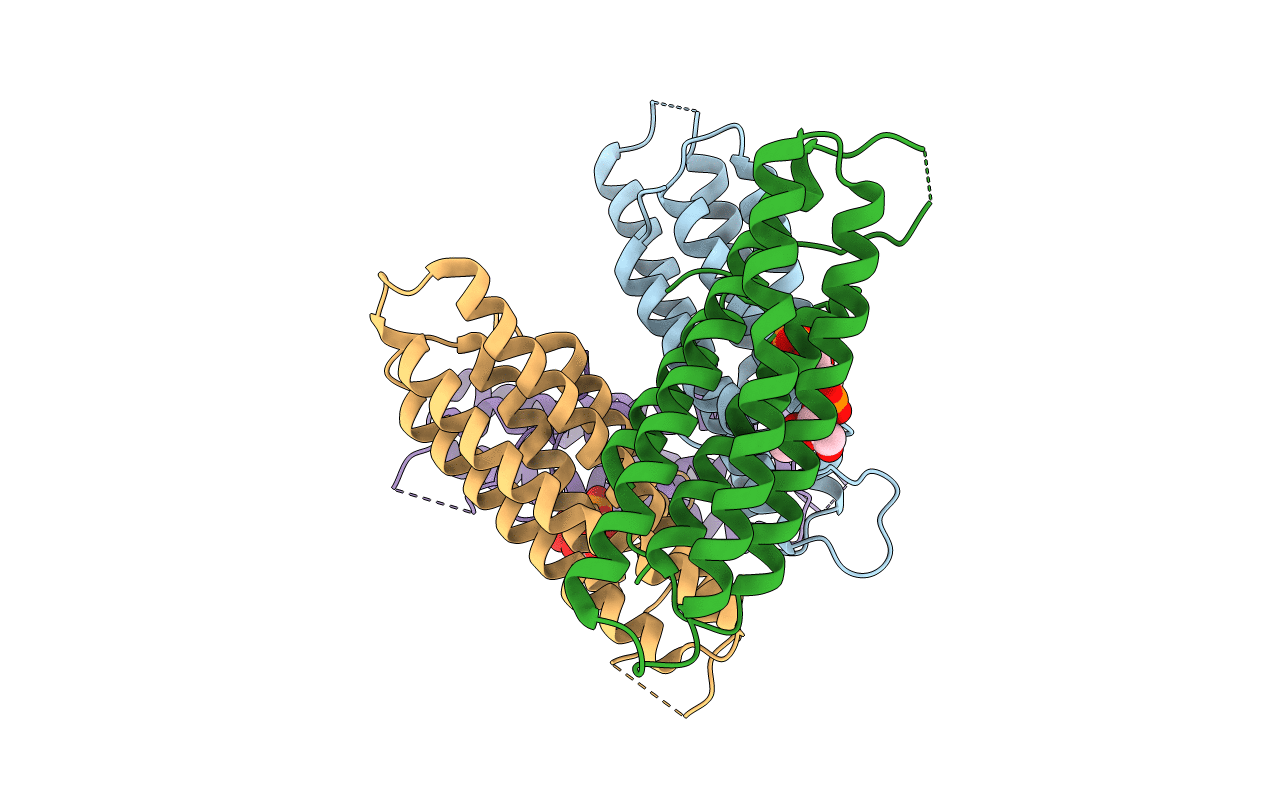
Deposition Date
2016-07-27
Release Date
2016-08-31
Last Version Date
2024-11-06
Entry Detail
PDB ID:
5L0G
Keywords:
Title:
Human metavinculin MVt Q971R, R975D, T978R mutant (residues 959-1134) in complex with PIP2
Biological Source:
Source Organism:
Homo sapiens (Taxon ID: 9606)
Host Organism:
Method Details:
Experimental Method:
Resolution:
3.40 Å
R-Value Free:
0.22
R-Value Work:
0.17
R-Value Observed:
0.18
Space Group:
P 32


